Most of us have a few things lying around that we forget to update, assuming they’ll last forever. But over time, everyday items wear out, lose effectiveness, or even become unhealthy to keep around. Replacing certain basics on a regular schedule helps keep your home safer, cleaner, and more functional. A little upkeep goes a long way—and some of these swaps might surprise you.
1. Pillows

Even if you wash your pillowcases often, the pillow itself can collect allergens, dead skin, and dust mites over time. According to the Sleep Foundation, most pillows should be replaced every one to two years for optimal hygiene and support. Old pillows can lose their shape, leading to neck pain and poor sleep. If your pillow stays flat when folded in half, it’s probably time for a new one.
Replacing your pillows regularly can also help reduce allergy symptoms and nighttime congestion. Look for pillows that suit your sleep style—whether that’s memory foam for side sleepers or down alternative for a lighter feel. And don’t forget about your decorative throw pillows, either. They may need refreshing too, especially if they’ve seen years of use without a wash or fluff.
2. Loofahs and Bath Sponges

Loofahs are great for exfoliating, but they’re also a breeding ground for bacteria. The Cleveland Clinic recommends replacing them every three to four weeks if they’re natural, or every two months if they’re synthetic. When exposed to moisture daily, they quickly harbor mold and mildew—even when they appear clean. Using an old loofah can cause skin irritation or even infection.
You can extend their life slightly by letting them dry completely between uses and disinfecting them weekly. Still, no matter how diligent you are, they have a short shelf life. Consider switching to a silicone scrubber or a washcloth that can be laundered after each use. These are more hygienic and easier to keep fresh long-term.
3. Kitchen Sponges
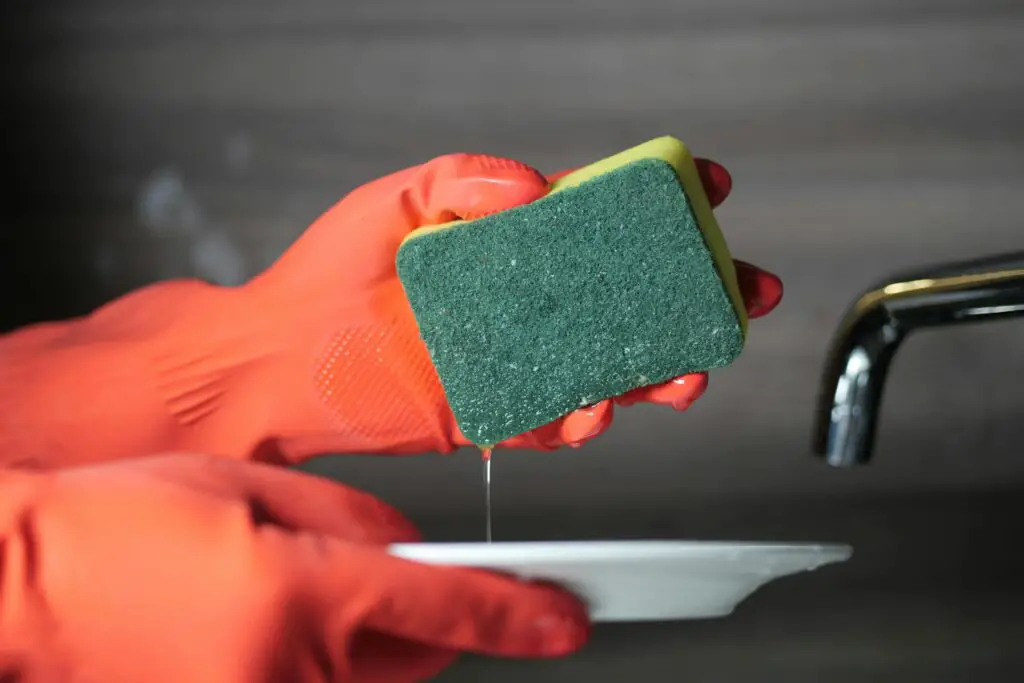
They might look harmless, but kitchen sponges are one of the dirtiest items in your home. A 2017 study published in Business Insider found that sponges can harbor billions of bacteria per cubic inch. Even if you microwave or bleach them, they only stay safe for so long. It’s recommended to replace them at least every week or two, depending on how often you use them.
Using the same sponge for weeks on end can spread germs across your countertops, dishes, and hands. You can reduce the need for frequent replacements by using silicone scrubbers or switching to dishcloths that go in the laundry. If you stick with classic sponges, look for antibacterial versions and keep them dry between uses. It’s a small swap that makes a big hygiene difference.
4. Smoke Detector Batteries
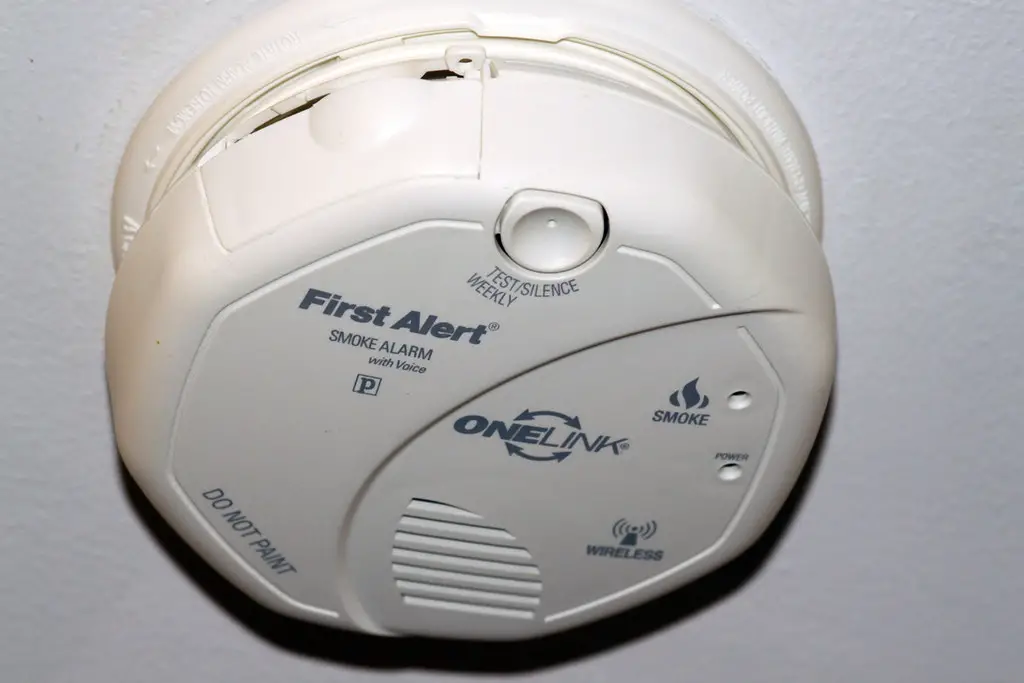
You might think of smoke detector batteries as a “once every few years” kind of thing, but that’s a risky mindset. First Alert recommends testing alarms monthly and replacing the batteries at least once a year, if not every six months. Dead batteries are a leading cause of non-functioning smoke detectors in house fires. Even hardwired models with battery backups can fail without regular maintenance.
It only takes a few minutes to check and replace them—and it could save your life. Set a reminder around the same time every year, such as Daylight Saving Time, to make it easy to remember. While you’re at it, check your carbon monoxide detector too. These small steps are essential for keeping your household safe.
5. Water Filters
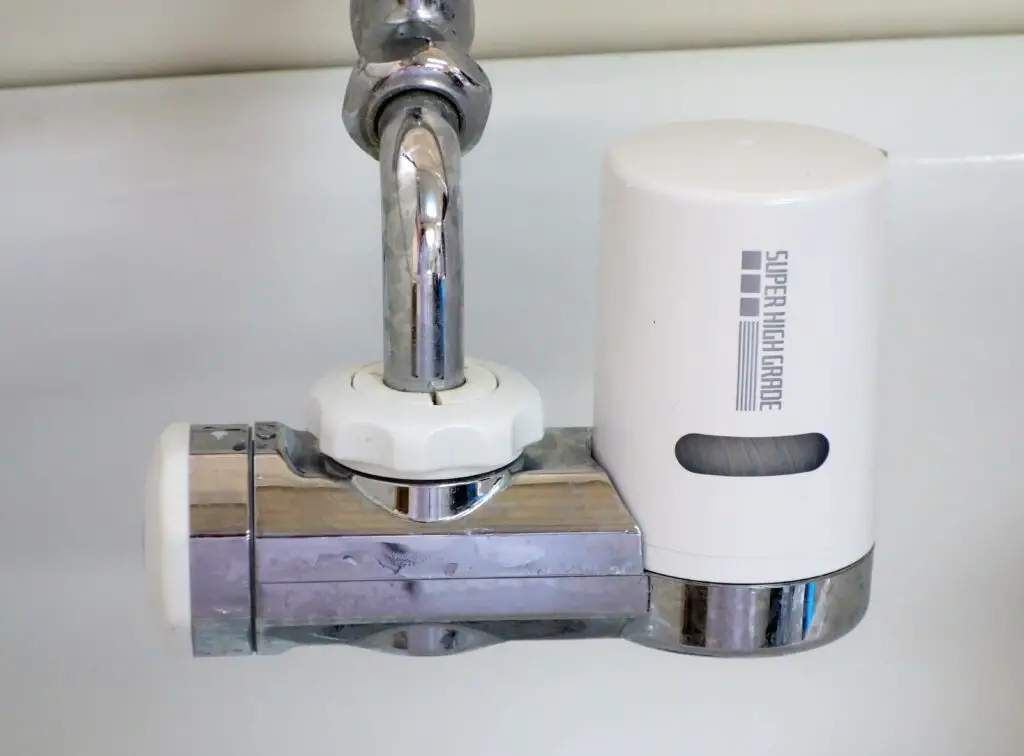
Whether it’s a fridge dispenser or a countertop pitcher, most water filters need replacing every two to six months. Over time, used filters lose their ability to trap contaminants and may even begin to release trapped particles back into your water. Many people forget to swap them out until the taste changes, but that’s usually too late. If your filter system has an indicator light, don’t ignore it.
Using expired filters can expose you to impurities you thought you were avoiding. Regular replacements ensure your water stays clean, fresh, and safe to drink. Mark your calendar or set a recurring reminder to keep on schedule. Clean water starts with a clean filter.
6. Toothbrushes
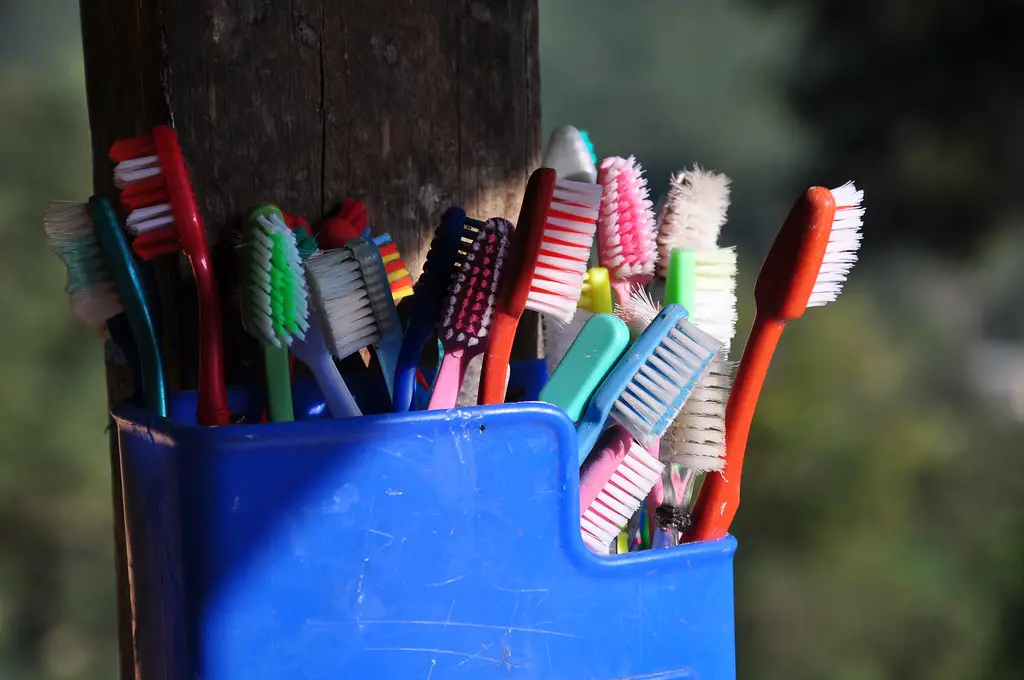
Toothbrush bristles wear down and harbor bacteria, even if you rinse them thoroughly. Dentists typically recommend replacing your toothbrush every three to four months, or sooner if the bristles fray. Old toothbrushes are less effective at cleaning and can cause gum irritation. If you’ve been sick recently, swapping your toothbrush is especially important.
Electric toothbrush heads need replacing just as frequently as manual brushes. If you can’t remember when you last changed yours, it’s probably time. Keep extras on hand so you never go too long without a fresh one. Your teeth—and your dentist—will thank you.
7. Nonstick Pans

Nonstick cookware doesn’t last forever, especially when scratched or warped. Over time, the coating can break down and potentially release harmful fumes when overheated. Most quality nonstick pans should be replaced every three to five years, depending on how heavily they’re used. If food is starting to stick or the surface looks dull, it’s likely worn out.
Even if a pan still works, damaged coating can flake into your food. That’s a sign it’s no longer safe to use. Consider switching to ceramic or stainless-steel options for longer-lasting results. Whatever you choose, proper care will extend the life of your cookware.
8. Hairbrushes
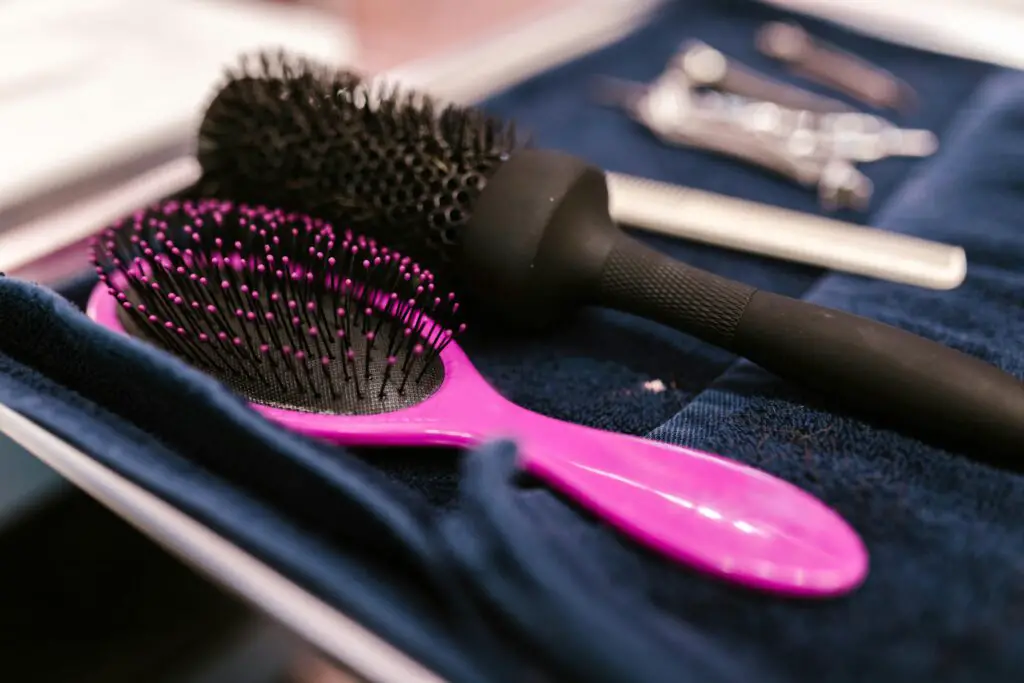
Like most grooming tools, hairbrushes gather buildup over time—from oils and products to dust and hair. Even with regular cleaning, the bristles can wear out and become less effective. You should replace most brushes every six months to a year. If the bristles are bent, missing, or melting, it’s time to toss it.
A fresh brush glides more smoothly through your hair and distributes oils more evenly. This helps improve your scalp health and the overall appearance of your strands. For best results, clean your brush weekly and store it in a dry spot. Choosing the right brush for your hair type can also make a huge difference.
9. Bath Towels
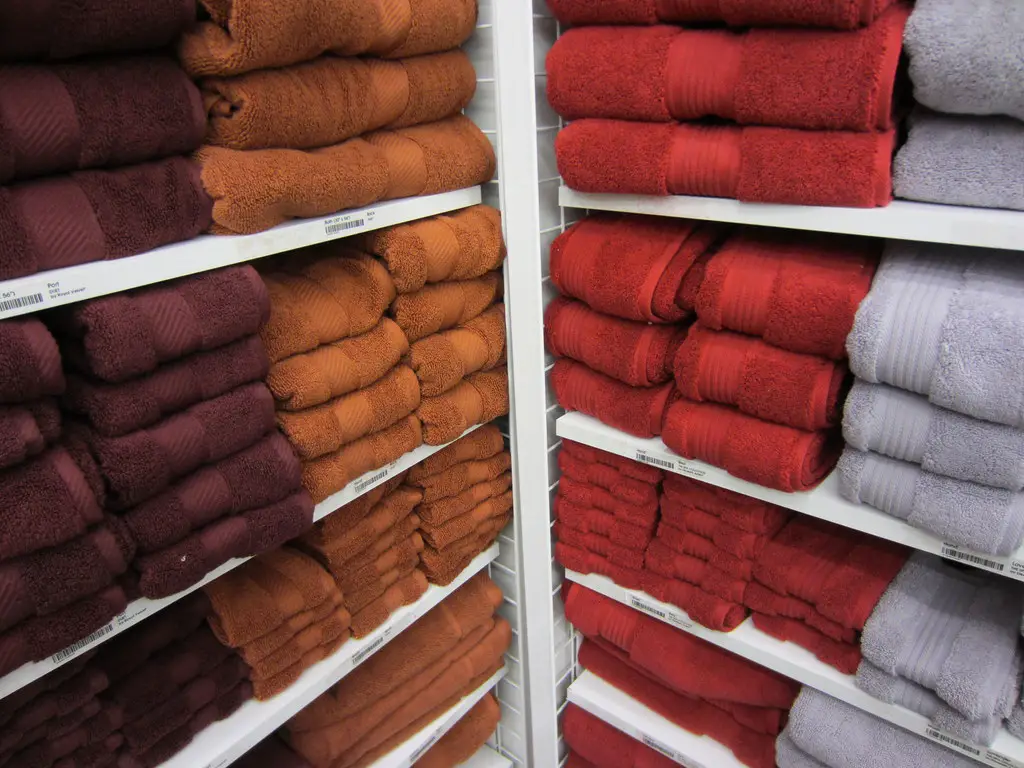
Towels may feel soft and clean, but after years of use, they lose absorbency and trap odors. Even with regular washing, detergent buildup and hard water can reduce their performance. Experts suggest replacing bath towels every two to three years, depending on how often they’re used. If your towel feels stiff or smells musty even after a wash, that’s a sign to replace it.
High-quality towels tend to last longer, especially if cared for properly. Avoid fabric softeners and opt for vinegar rinses to keep them fluffy. Rotating between sets can also extend their lifespan. But when they’re no longer doing their job, it’s time to move on.
10. Makeup and Skincare
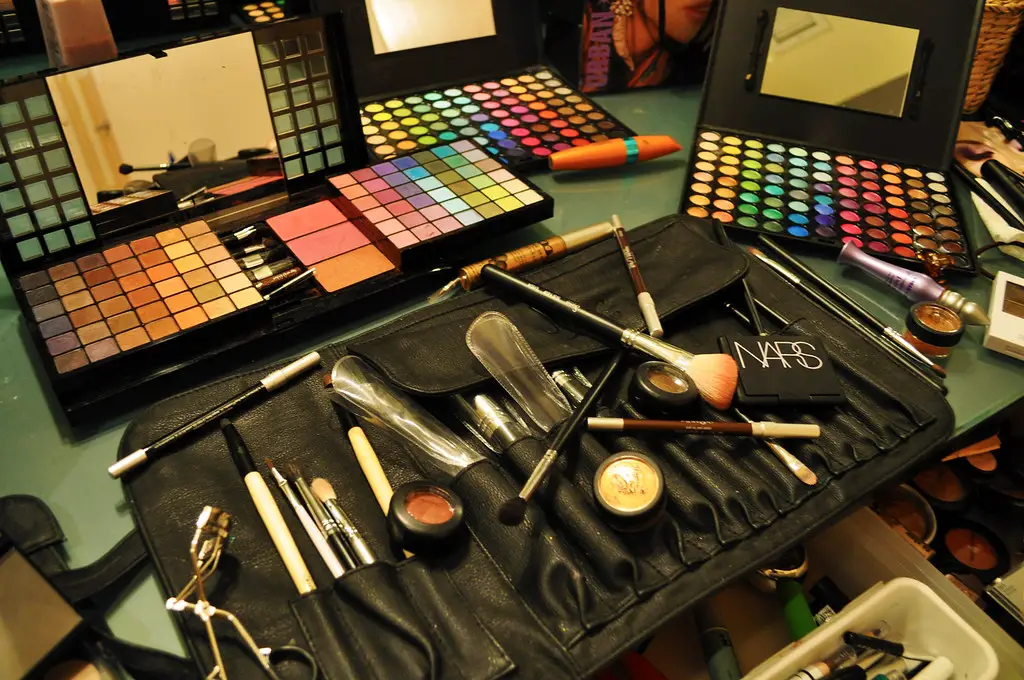
Cosmetics and skincare have expiration dates for a reason. Once opened, exposure to air and fingers introduces bacteria that can irritate your skin or cause breakouts. Most products last six months to a year, though some—like mascara—should be tossed after just three months. If something smells off or has changed in texture, don’t risk it.
Expired products may also lose their effectiveness. That pricey serum won’t do much if it’s been sitting around for years. Store your items in a cool, dry place and label them with the open date if needed. A regular purge keeps your skin—and your bathroom shelf—fresh.
11. Mattress
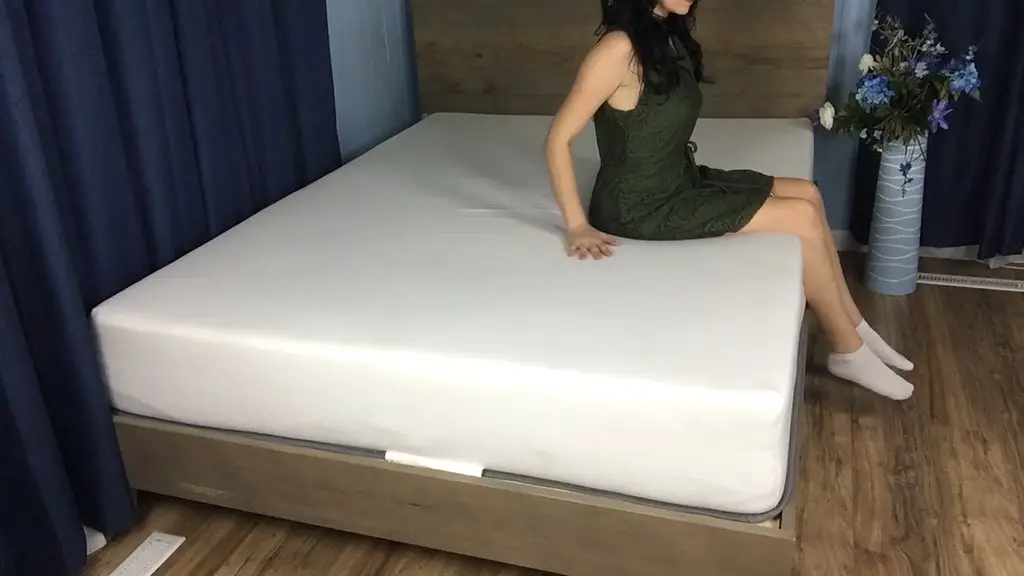
Mattresses don’t come with a built-in expiration date, but they absolutely wear out. Most need replacing every seven to ten years, depending on the material and how well you’ve cared for them. Over time, mattresses lose their support and develop dips that can lead to back pain. If you’re waking up stiff or sore, your mattress might be the culprit.
Even if it looks fine, an older mattress can harbor allergens, dust mites, and trapped moisture. Investing in a new one can dramatically improve your sleep quality. Use a mattress protector to extend its life and rotate it every few months. Your future self will thank you every morning.
12. Fridge Water Line or Ice Maker Hose
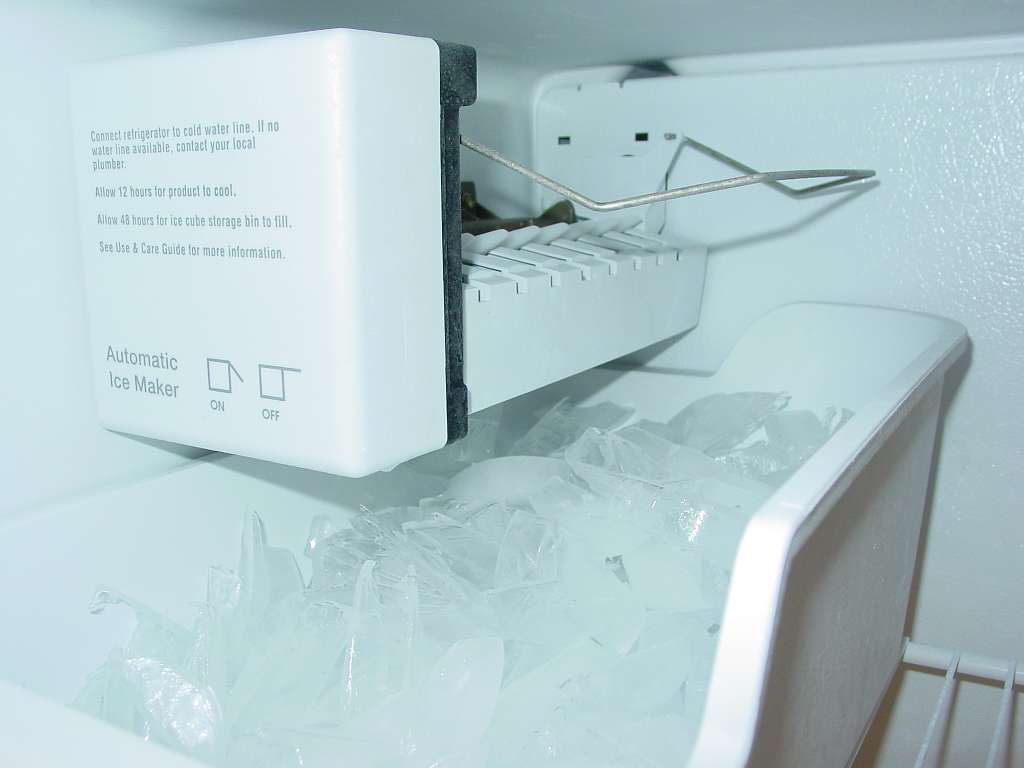
Behind your fridge is a small, often forgotten water line that feeds your ice maker or water dispenser. These hoses can become brittle or clogged over time, especially in older models. If they crack or burst, they can cause water damage or mold. Experts recommend replacing them every five years for peace of mind.
Even if you haven’t noticed a problem, regular replacement prevents buildup or unnoticed leaks. It’s one of those household maintenance items that’s easy to overlook—until it’s not. Ask a technician to check it during routine appliance service. A quick swap now could save you a costly repair later.
13. Shower Curtain Liner
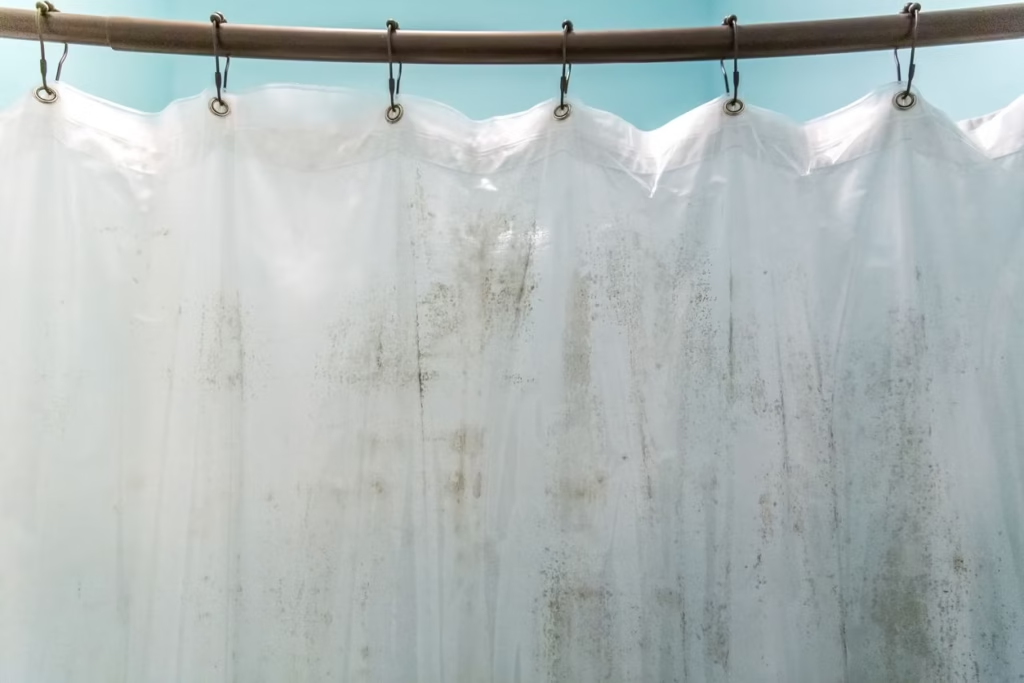
Plastic shower curtain liners are cheap and easy to forget, but they don’t last forever. After months of use, they can develop mildew, soap scum, and discoloration. Even if you clean them regularly, they tend to lose their shape and become brittle. Replacing them every six months keeps your bathroom fresher and more hygienic.
Fabric liners may last a bit longer but still need laundering and eventual replacement. A dirty liner can also make the whole bathroom feel less clean, no matter how tidy everything else is. It’s a small upgrade that has a big visual impact. Plus, it only takes a few minutes to swap one out.
14. Surge Protectors
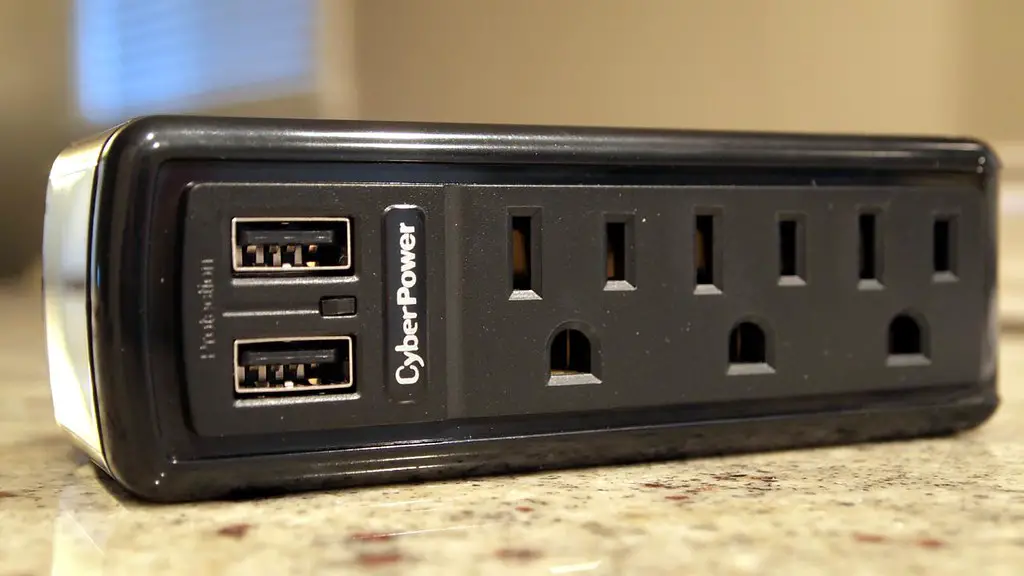
Many people assume surge protectors last forever, but they actually have a limited lifespan. Over time, their internal components wear out and lose the ability to protect your electronics. Experts suggest replacing them every three to five years—especially if you’ve had any power surges. If the indicator light is off or flickering, it’s not doing its job anymore.
Continuing to use a worn-out surge protector puts your devices at risk. It’s especially important to update the ones you use for computers, TVs, and other expensive tech. Make sure your new one includes surge protection, not just extra outlets. It’s a small investment that protects your bigger ones.
